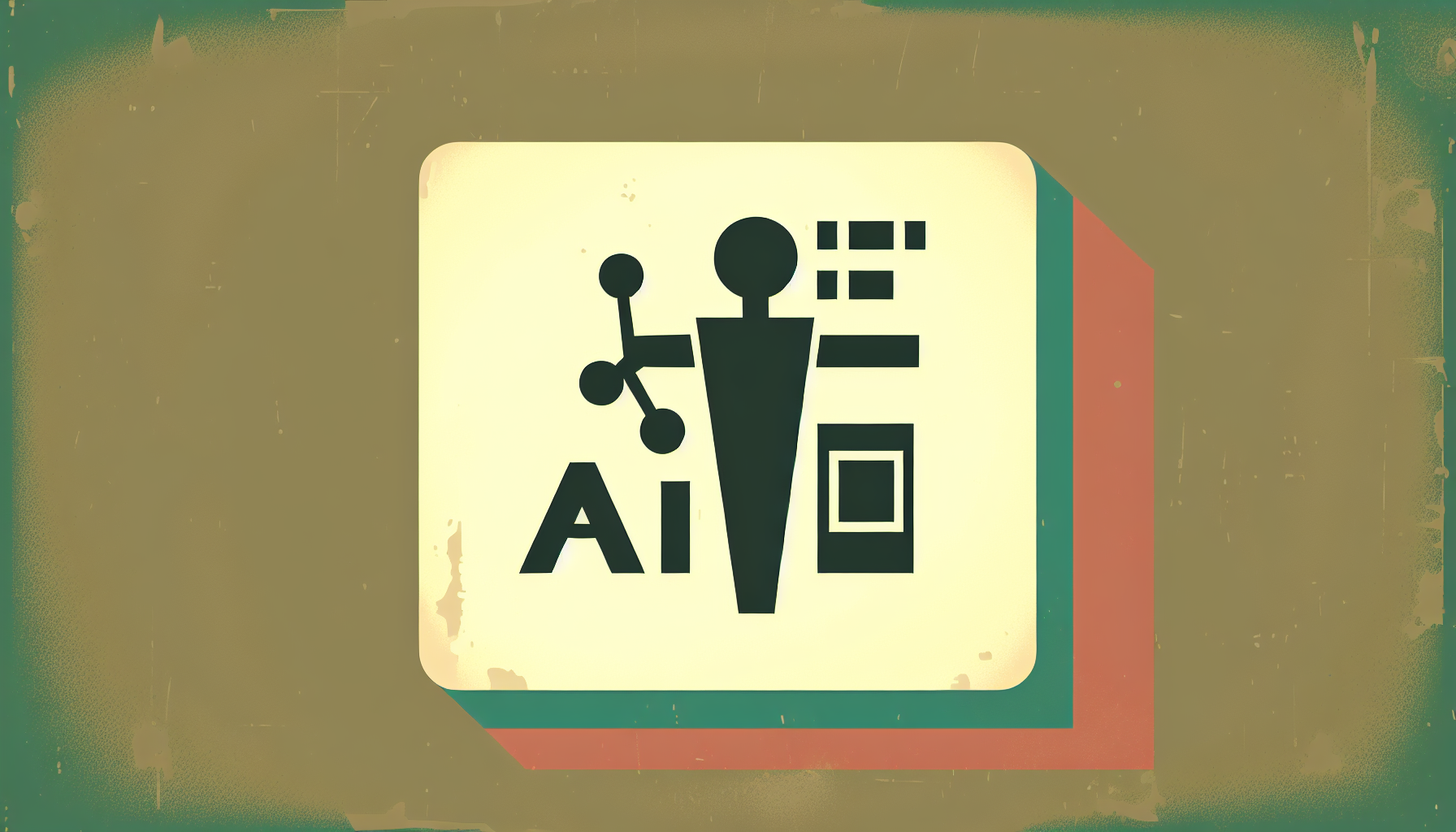Artificial intelligence, once the stuff of science fiction, is now ingrained in the fabric of our daily lives. From voice assistants that remind us to buy milk to recommendation systems that know our movie tastes better than our best friends, AI is everywhere. But as these systems grow smarter, they also become capable of making decisions that can significantly impact human lives. This brings us to a pressing question: Who holds the moral responsibility when AI systems make choices?
Understanding Responsibility
Before we dive deep into this murky ocean, let’s understand what we mean by responsibility. When we say a person is responsible for an action, we typically mean they have control over it, understand its consequences, and can be held accountable for its outcomes. This involves a web of ethics, law, and societal norms that has evolved over centuries. But here’s the twist: AI doesn’t fit neatly into this web.
AI: The Modern Tool
Imagine you’re using a hammer, and you accidentally hit your thumb. It’s painful, but you wouldn’t blame the hammer. The hammer is a tool, an extension of your intent and decisions. Now, what if the tool starts having opinions of its own? That’s where AI comes in.
AI systems, particularly those involving machine learning, are designed to adapt and evolve based on the data they consume. This means they often act in ways their human creators haven’t explicitly programmed.
For instance, a self-driving car decides to swerve to avoid an obstacle, accidentally hitting a pedestrian. Here, the line between user control and system autonomy becomes blurry. Unlike the hammer, the AI has acted on its “judgment.”
Layers of Accountability
When we talk about moral responsibility in AI, we need to consider multiple layers of accountability:
1. The Developers
Engineers and programmers are the obvious first layer. They design and code the AI, embedding their assumptions and biases into the system. If a recommendation algorithm ends up amplifying harmful content, the developers didn’t plan for that, but their choices laid the groundwork.
2. The Users
Anyone who uses AI systems also bears some responsibility. If a marketer uses an AI tool that invades privacy to boost sales, they are ethically accountable. Misuse of AI tools can have far-reaching consequences.
3. The Organizations
Companies deploying AI systems have the moral and legal duty to ensure their creations act within ethical boundaries. They must conduct thorough testing, provide clear usage guidelines, and be transparent about the limitations of their AI.
4. The AI Itself?
Some argue that as AI becomes more sophisticated, it should shoulder some responsibility. However, this is riddled with challenges. AI lacks consciousness, emotions, and an understanding of right and wrong. It’s more like an exceptionally bright but naïve child who follows patterns without comprehending their ethical dimensions.
The Societal Perspective
Society at large also has a role to play. Policymakers need to create frameworks that address the ethical considerations of AI. Laws should evolve to cover the gray areas where traditional notions of responsibility fall short. Additionally, public discourse should raise awareness about the ethical implications of AI, ensuring that these conversations aren’t confined to academic circles and tech companies.
Case Studies in Accountability
Let’s look at two practical scenarios to underline the complexity.
Case 1: AI in Policing
Consider an AI system employed to identify potential criminals based on surveillance footage. If the system disproportionately targets minorities, who is responsible? Is it the developers who trained the AI on biased data, the police department that uses the technology, or the policymakers who standardized the use of AI in law enforcement? The answer is, most likely, all three to varying extents.
Case 2: AI in Healthcare
A healthcare provider uses AI to diagnose diseases. The system makes an error, resulting in a misdiagnosis. Who should be held accountable? The software developers, the medical practitioners, or the hospital administration? Each has a part to play, from the initial coding to the final diagnosis.
Moving Towards Ethical AI
Achieving ethical AI isn’t about finding a single bearer of responsibility but creating a culture of shared accountability. Developers must remain vigilant, aware of their biases and limitations. Users should be educated on the proper utilization of AI tools. Organizations need to establish ethics boards and conduct regular audits. And society must push for robust regulations that keep pace with technological advancements.
Every stakeholder must understand that AI, while capable, is not a moral agent. It’s a reflection of human intent, for better or worse. Like Frankenstein’s monster, it mirrors its creator’s flaws and virtues, magnified a thousand times.
In the end, the question of who holds the accountability in AI may not have a straightforward answer. But perhaps that’s precisely why it’s such an important and fascinating discussion. After all, it’s in grappling with these complexities that we can hope to navigate the ethical labyrinth of our future. And maybe, just maybe, we can avoid hitting our collective thumb with the proverbial hammer.

Leave a Reply